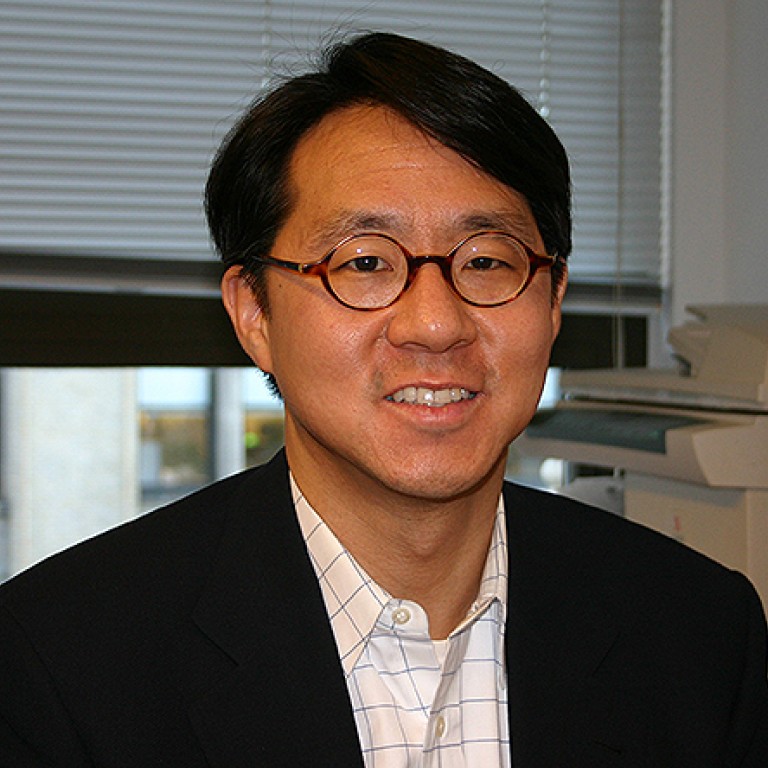
US should make better use of its skilled Asian immigrants
Curtis Chin calls for a focus on integration to end the 'brain waste'
Having an "Asian" face with a "US ambassador" title, I have often been asked where I am really from. Or, perhaps more politely, just how many generations back did my family emigrate from Asia to the US?
I am generally forgiving, even to the comments of how good my English is, as no ill will is intended. And often it reflects the speaker's, American or not, own experiences with immigration and immigrants.
For numerous countries in the Asia-Pacific region, immigration remains a contentious issue. Consider Australia's controversial efforts to intercept at sea a new generation of "boat people" fleeing impoverished, strife-torn nations. Or reflect on Japan's own much-documented immigration laws effectively barring many ethnic Koreans from becoming citizens despite years of living, and indeed being born, there.
Even in the US, perhaps the nation best known as a land of immigrants and their descendants, the debate rages on.
However, there is at least one area where all US political parties should be able to come together for meaningful, near-term action: focusing on the untapped potential of the many skilled men and women who have already come to the US through legal channels. This includes tens of thousands from India, China and elsewhere in Asia.
Unfortunately, this issue has generally been overlooked amid the focus on the flow of unauthorised, low-skilled immigrants - the vast majority from south of the border.
The larger US debate on immigration should not stand in the way of making smaller-scale updates to what has been the traditional path forward for many seeking the American dream.
For skilled immigrants who were doctors, lawyers or other professionals in their countries of origin, first jobs in the US typically take little or no advantage of their full skill set, given licensing or accreditation requirements. The anecdotes are legion and legend: the taxi driver from India who was once an engineer; the nanny from the Philippines who worked as a nurse at home.
The story is as old as America. Immigrants sacrifice, and ultimately succeed in building better lives for their children, if not yet themselves.
Today, what we need is support for an effort focusing on immigrant integration, separate from the contentious issue of admissions.
Addressing the ongoing "brain waste" of an estimated 1.5 million college-educated immigrants either unemployed or employed in relatively unskilled jobs will also help America better utilise its diversity of human capital.
The nonpartisan Migration Policy Institute - a think tank focused on analysis of the movement of people worldwide - has in the past noted America's uneven progress in integrating skilled immigrants. Policy implications could include a greater focus on advancing accredited work-skills training and English-language programmes. At the federal level, incentives could be provided for more effective bridging programmes.
America again has the opportunity to mend a broken system and set an example for Asia-Pacific nations that are also struggling with how best to welcome strangers to their shores.
High-skilled immigration reform will not only benefit the US and its economy, as well as the many Asians seeking to legally build better lives there, it could also provide a shining example to Asia that progress can still be made even on the most difficult issues.

